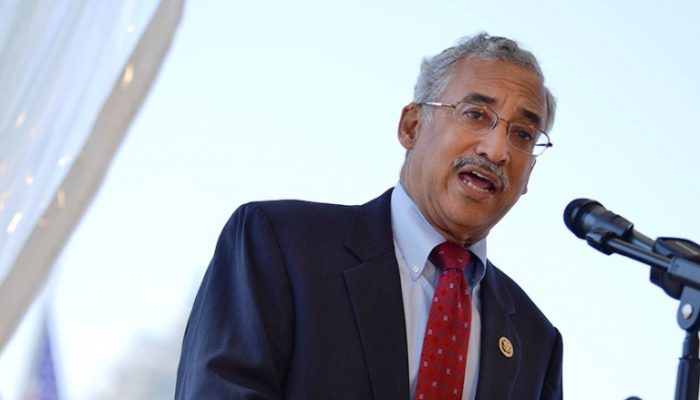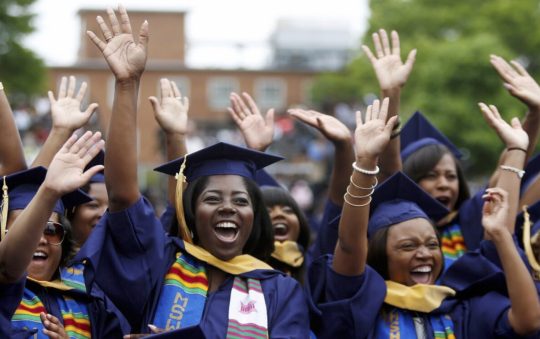
The unemployment rate for Black workers improved from 8.4 percent in July to 8.1 percent in August, according to the latest jobs report from the Labor Department. Even though the Black jobless rate has decreased more than a percentage point since last year (9.4 percent in August 2015), it is still nearly double the White unemployment rate (4.4 percent).
Nationally, the economy added 151,000 jobs in August, but the unemployment rate remained steady at 4.9 percent, the same mark set in July and June.
The labor force participation rate, which measures the share of workers that are employed or looking for jobs, was 61.9 percent for Black workers in August, an increase from 61.2 percent in July and only a slight uptick from the Black labor force rate last year (61.7 percent in August 2015). The participation rate for White workers was 62.9 percent in August, July and June and has only edged up slightly since last August (62.6 percent).
The unemployment rate for White workers was 4.4 percent in August, the same mark set in August 2015, and a slight increase from the 4.3 percent rate recorded in July.
The unemployment rate for Black men over 20 years-old was 7.6 percent in August, an improvement from 8.2 percent in July. The jobless rate for Black women over 20 years-old was 7.1 percent in August, which was a step forward from the 7.3 percent rate a month ago.
The unemployment rate for White men over 20 years-old was 4.1 percent in August, the same as July. The participation rate, which was 72 percent in July showed no improvement. The unemployment rate for White women was 3.9 percent in August slightly higher than the 3.7 percent mark set in July.
The unemployment rate for Hispanic workers was 5.6 percent in August 2016 a step back from the 5.4 percent rate set in July.
According to The Hamilton Project, an economic policy think tank at the Brookings Institution, the economy would need to add 204,000 jobs every month until May 2017 to reach pre-recession employment levels.
In a statement about the August jobs report, Main Street Alliance, a national network of small business coalitions, noted that growth in the retail and restaurant sectors signaled “increased consumer confidence and spending heading into the holiday shopping season.”
The Alliance also reported that Washington state led the nation in small business job growth and Seattle topped the list of metropolitan areas.
“With job creation and small business success widely attributed to consumer confidence and spending, it is hard to ignore Seattle’s rising minimum wage and the role boosting the wages of the lowest-level earners played in earning them the top spot on the list,” the Alliance statement said.
The Labor Department also reported upward trends in several service industries, including food services and drinking places.
Bill Spriggs, the chief economist for the AFL-CIO, a national group of 56 unions that represents more than 12 million workers, noted gains in fast food jobs and in health care in a series of tweets last Friday.
“Despite whining about minimum wage increases, fast food establishments gain 34,000 last month, 312,000 over the year,” Spriggs tweeted.
Spriggs suggested that the Black unemployment rate likely decreased, “for right reasons,” because the employment-population ratio, which is the share of the population that is currently employed also improved from July (56.1 percent) to August (56.9 percent).
Spriggs also tweeted that Black workers that earn associate degrees experience a 5.4 percent jobless rate, which is only slightly better than the unemployment rate for White high school dropouts (5.6 percent).
In a statement recognizing the importance of Labor Day, Rep. Bobby Scott (D-Va.), said that although America has made significant strides toward an economic recovery in recent years, too many working people are still going without the basic necessities.
“It does not have to be this way,” said Scott. “Ensuring that all Americans have the opportunity to make a decent life for themselves and their families is the central challenge of our time. Whether we rise to meet that challenge will define us for generations to come.”





